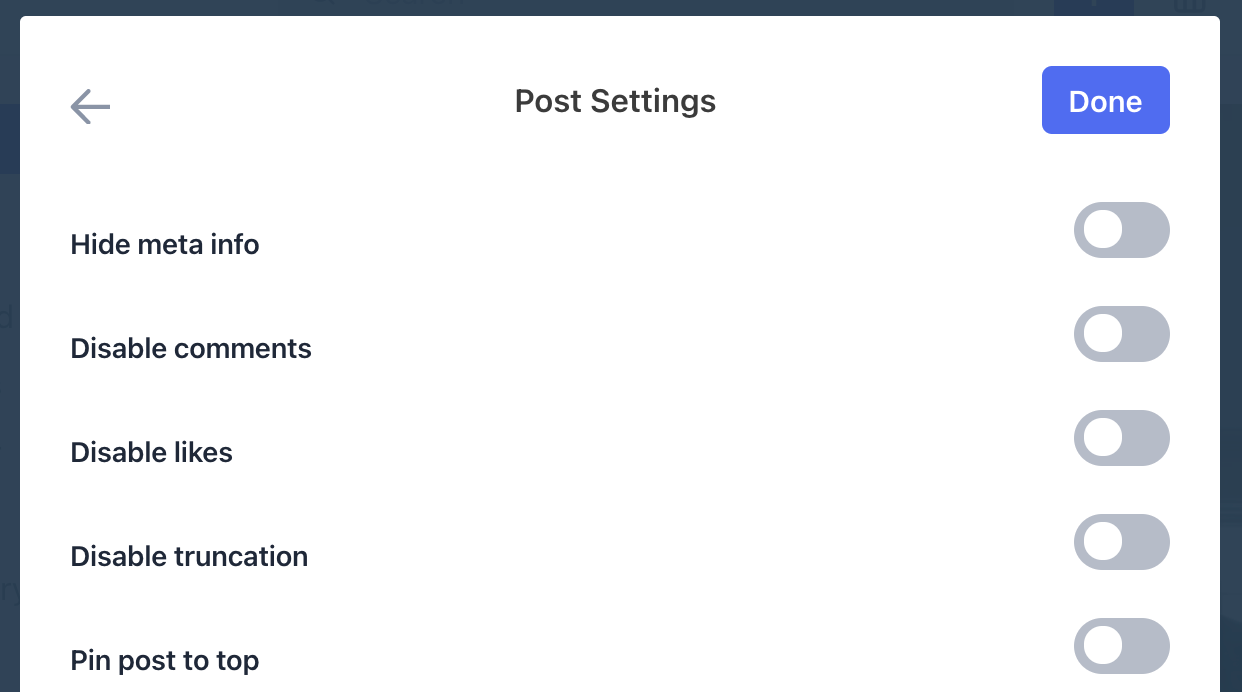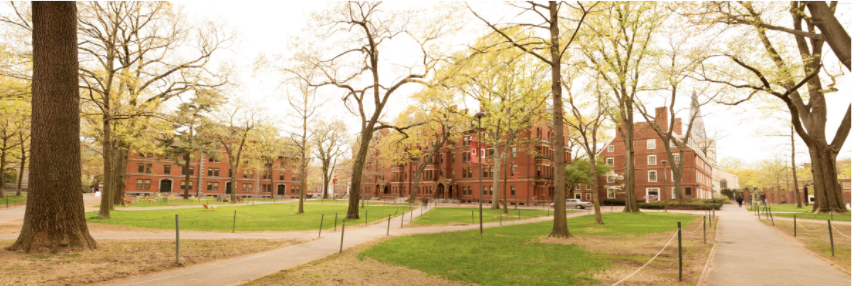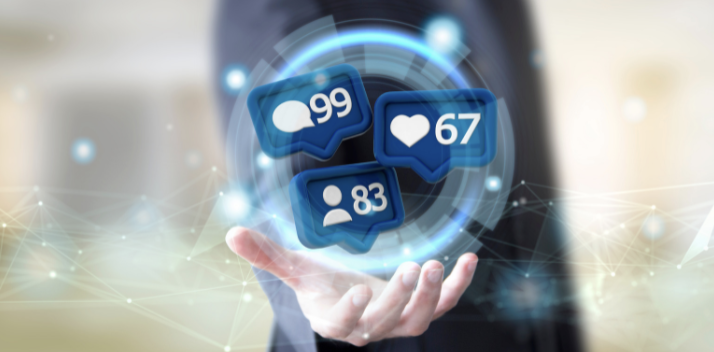Great Community Experiences Can Be Designed

Community design isn't just for the professionals. Regardless of the size or age of your community, good design sets the tone for member engagement, raises the energy level and establishes a flow that is complimentary to their individual journey.

Don't Sleep Here
Design is a critical aspect of curating the spaces we live, work and play. As a student of design, it's important to ask WHY as you engage with a space. Why was it built this way?
The image above is an example of Hostile Architecture, where design prevents specific actions from taking place. These slanted benches aren't just miserable sit on -- they make sleeping impossible. Now there's no need to have signs for no loitering or sleeping. The design eliminated the problem.
Lesson: Design can force behavior change.
Author's Note: Moving homeless people to different areas is not a solution, by any means; you can see many other hostile ways of preventing loitering in this article).

Community Application Example
In a smaller community, you might want to focus conversation and energy on specific areas. The less spread out things are, the easier they are to manage and curate.
For example, you can use the functionality of your community platform to close off replies to announcements or specific messages so that user conversations aren't diverted or interrupted.
Some community builders prefer to email more significant announcements, inherently removing the conversational component. Note, there are some announcements that your users will want to talk about; choose this path carefully!

The Commons Problem
In graduate school, I was a Freshman Proctor at Harvard. I lived in the famed Harvard Yard and was responsible for a house of approximately 40 young scholars.
Harvard Yard, the green space between these houses, was a central gathering place. Even in the winter, students would be active outside between classes and on the weekends.
Groundskeepers and the administration were protective of the grass, and put up edging and sometimes obstacles to keep students from cutting across the lawn. After years of fighting this issue, leadership decided to restructure the paths based on where students actually walked.
The worn grass was a roadmap; the redesigned walkways fit the use case of the students. It also made the barriers and small fencing redundant. Removing those elements made the yard more accessible and open -- a win for all.
Lesson: Design can embrace and champion user behavior.

Community Design Application
As a community founder or manager, you have a particular agenda. Your goal is to create conversations or activities or facilitate discussions and learning between members. At the same time, your members are also embracing the online community space as their own.
Stop for a minute and take a look objectively at your data. Where are your members congregating? What are they talking about? This data provides critical insight as to the areas they like the most.
Instead of starting from your perspective and working top-down, take a look at the user's perspective. Work bottom-up and start with the elements that inspire and engage your users first. With this approach, you can meet in the middle and create the community that you all deserve.

No More Waiting Around
Do you remember the days of putting your name on a waiting list at a restaurant?
First, you had to make sure the host/hostess spelled your name correctly -- good luck, Mr. Azzweepay! (Yes, a shameless SNL reference)
Second, you had to come back in a certain amount of time. More often than not, you had to check back in once or twice to check. Even then, you likely had to wait a little bit longer just for your table to be ready.
You may not remember these days, because the system has completely changed now.
Nowadays, if the restaurant you like doesn't have a smartphone app, they use text messaging. Simply leave your phone number and get a text message updates when your table is ready. You are now free to stroll the neighborhood. Explore some stores. Make use of the time that you have. There's no more waiting around. A 10x improvement!
Lesson: Eliminate user-dependent mechanisms and existing friction by giving users freedom and choice while they wait.

Community Example
If you are a creator who generates courses or content on a schedule, there are gaps between each drop. You need some recovery time, right?!
During this time, your members are waiting for the next installment. If they are there for when you are ON what are they supposed to do when you are OFF?
Good news is that you can easily add to the member experience by giving them something to do in the interim, between each drop.
You could create a user challenge -- can they follow your guidance and create their own solar-powered drone?
My favorite? Include "what worked and what didn't" in the course. Then you can use that to kick start conversations on the elements that resonated with your members.
Why Review Your Design?
The daily work of managing your community is critical for success. At the same time, a systems mindset will help eliminate the recurring issues by looking at the root cause. Community design can be the key to unlocking the positive system changes you're looking to create.
Through restructuring - or better planning - you can facilitate engagement and establish new traditions and engagement without nagging, cajoling or over-notificationing your members.
More Updates Soon
Over the next few weeks I'll be writing more about community design. If you're interested in getting these updates, please subscribe to my newsletter at www.increateable.io. It's free, and you'll get early updates on what's coming next including discounted access to a brand new course on implementing Community Design 101 as a founder.
